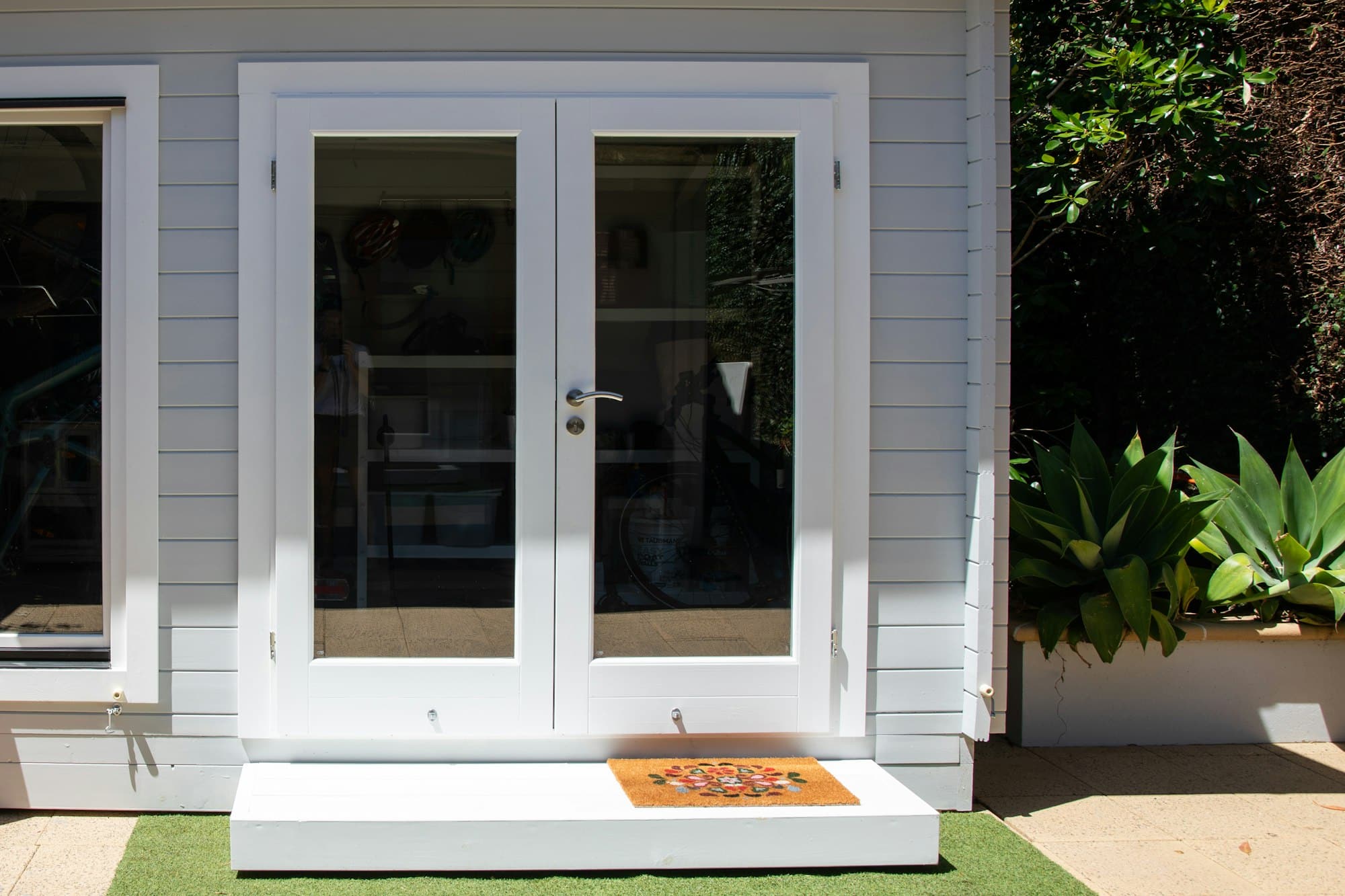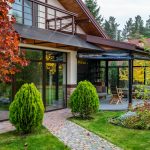In recent years, the concept of an Accessory Dwelling Unit (ADU), or ‘granny flat’, has gained traction in the UK housing market. The option to convert or build an additional living space on your existing property holds the potential to yield significant rental income. It offers a solution to the shortage of low-cost, high-quality housing and may also provide a source of steady income for homeowners. However, the feasibility of such a project depends on various factors, including zoning laws, design and building regulations, and the development process. In this article, we will delve into these aspects to give you a clear idea of what you need to consider before adding an ADU to your property.
Understanding ADUs and Their Potential
An ADU is a secondary housing unit that resides on the same property as the main house. Think of it as a small, self-contained home that shares the lot with a larger, primary residence. ADUs can take many forms, such as converted garages, basement apartments, or standalone structures. They are typically complete with their own kitchen, bathroom, and living space.
Cela peut vous intéresser : What are the key factors to consider when financing the purchase of a UK property for a tech startup headquarters?
The potential of ADUs in the UK market is immense, given the ongoing housing crisis. They offer affordable housing solutions to a wide array of individuals, from young professionals seeking economical accommodation, to the elderly looking for a downsized space close to family. For homeowners, ADUs provide an opportunity to utilise their property to generate additional income.
Assessing Your Property and Zoning Regulations
Before starting an ADU project, the first step is to assess the eligibility of your property for such a conversion or development. This includes examining the space available, the land use classification, and the zoning regulations of your locality.
Dans le meme genre : How to determine the financial viability of converting a UK seaside guesthouse into a wellness retreat?
Zoning regulations dictate the allowable uses of a property within a specific area. They might limit the number of dwelling units on a single plot, the size and height of the building, and the required setbacks from the property boundaries. It’s crucial to check with your local planning authority to ensure that your project aligns with these regulations. Additionally, some communities might have restrictions on renting out ADUs, so it’s essential to clarify this upfront.
Designing and Building Your ADU
The design and building process of an ADU can be complex. It involves drafting a plan that maximises the use of space, while also adhering to building codes and regulations. It’s recommended to consult with an architect or a design-build firm experienced in ADU projects. They can assist in creating a plan that meets your needs, aligns with your budget, and abides by the local regulations.
The building process might involve extensive construction work, especially if you’re considering a standalone structure. However, conversion projects such as transforming a garage or basement into an ADU, might require less construction, making them potentially more cost-effective.
Financing Your ADU Project
When planning for an ADU, it’s crucial to assess the financial feasibility of the project. The cost of building an ADU can vary widely, depending on factors like size, design, and the type of construction. Homeowners should thoroughly evaluate their financial capacity to undertake such a project.
Many homeowners choose to finance their ADU projects through home equity loans or lines of credit. Some might opt for construction loans or personal loans. It’s also worth exploring local grants or programs that might support ADU development in your area.
Navigating the Development Process
The development process of an ADU includes acquiring necessary permits, adhering to construction timelines, and ensuring compliance with all regulations. It’s a complex process that requires careful planning and coordination.
The development process begins with submitting the design plans to the local building department for approval. Once approved, the physical construction begins, overseen by a project manager. After completion, the ADU must pass a final inspection before it’s ready for occupation.
In navigating the development process, it’s beneficial to engage a professional who is familiar with local regulations and building practices. They can guide you through the intricacies of the process and help ensure a smooth and successful project.
In conclusion, adding an ADU to your property can be a worthwhile investment, providing not only a potential source of rental income but also contributing to the availability of affordable housing in your community. However, it’s essential to thoroughly assess the feasibility of such a project, considering the zoning regulations, design and building process, financial implications, and the development process. With careful planning and the right approach, homeowners in the UK can tap into the potential of ADUs, creating a win-win situation for themselves and their local housing market.
Financing Options and Energy Efficiency Considerations
Having navigated the zoning laws and design process, it’s time to delve into the financial aspect of building an ADU. Financial feasibility is a crucial factor to consider when assessing the potential of adding a granny flat to your property. Building an ADU requires a significant amount of capital, and it’s essential to have a clear understanding of the associated costs and potential financing options.
The cost of an ADU project can vary significantly, depending on factors such as size, design, and type of construction required. For instance, a loft or garage conversion can often be more cost-effective than building a freestanding unit. Detailed cost estimates can be obtained by working with a professional, such as an architect or builder.
For financing the project, homeowners often turn to home equity loans or lines of credit. Construction loans and personal loans are also viable options. Interestingly, in an effort to boost housing development, some local authorities provide grants or subsidies to homeowners who choose to build ADUs. It’s worth taking the time to explore these local initiatives that aim to support the development of granny flats.
Another important financial consideration is the energy efficiency of the ADU. An energy-efficient design can help to reduce ongoing utility costs and is often more attractive to potential tenants. Features such as high-quality insulation, energy-efficient appliances, and large windows for natural light can help create a comfortable yet energy-efficient living space.
The Impact on Real Estate Value and the Local Community
The addition of a granny flat not only generates a potential source of rental income but can also significantly boost the value of your property. A well-designed and well-built ADU can make your property more desirable in the real estate market, providing an attractive feature for potential buyers if you ever decide to sell.
Beyond the personal financial benefits, ADUs also contribute to the broader community by providing affordable housing options. With the growing demand for low-income housing, granny flats serve as a viable solution. They offer compact, energy-efficient living areas often at a lower rent compared to traditional, single-family homes.
However, it’s worth noting that while the development of ADUs offers numerous benefits, it’s crucial to maintain open access to the main property and ensure the granny flat does not overly encroach on the privacy of neighbouring properties.
Conclusion
Adding an ADU or a granny flat to your existing property in the UK can be a lucrative venture, providing a steady stream of rental income and boosting your property’s value. However, it’s not a decision to be taken lightly. It requires careful planning and a thorough understanding of local building regulations and zoning laws.
From assessing your property’s eligibility for an ADU, to navigating the design and building process, to securing the necessary finances and planning permissions – every step is critical. It’s advisable to seek professional advice and assistance throughout the process, particularly from those with expertise in ADU projects.
In conclusion, while the journey to creating an ADU can be complex and time-consuming, the potential rewards in terms of financial returns and contribution to the local housing market make it a worthwhile consideration for UK homeowners. With the right approach and careful planning, the addition of a granny flat can provide a win-win solution, benefiting both the homeowner and the community at large.











